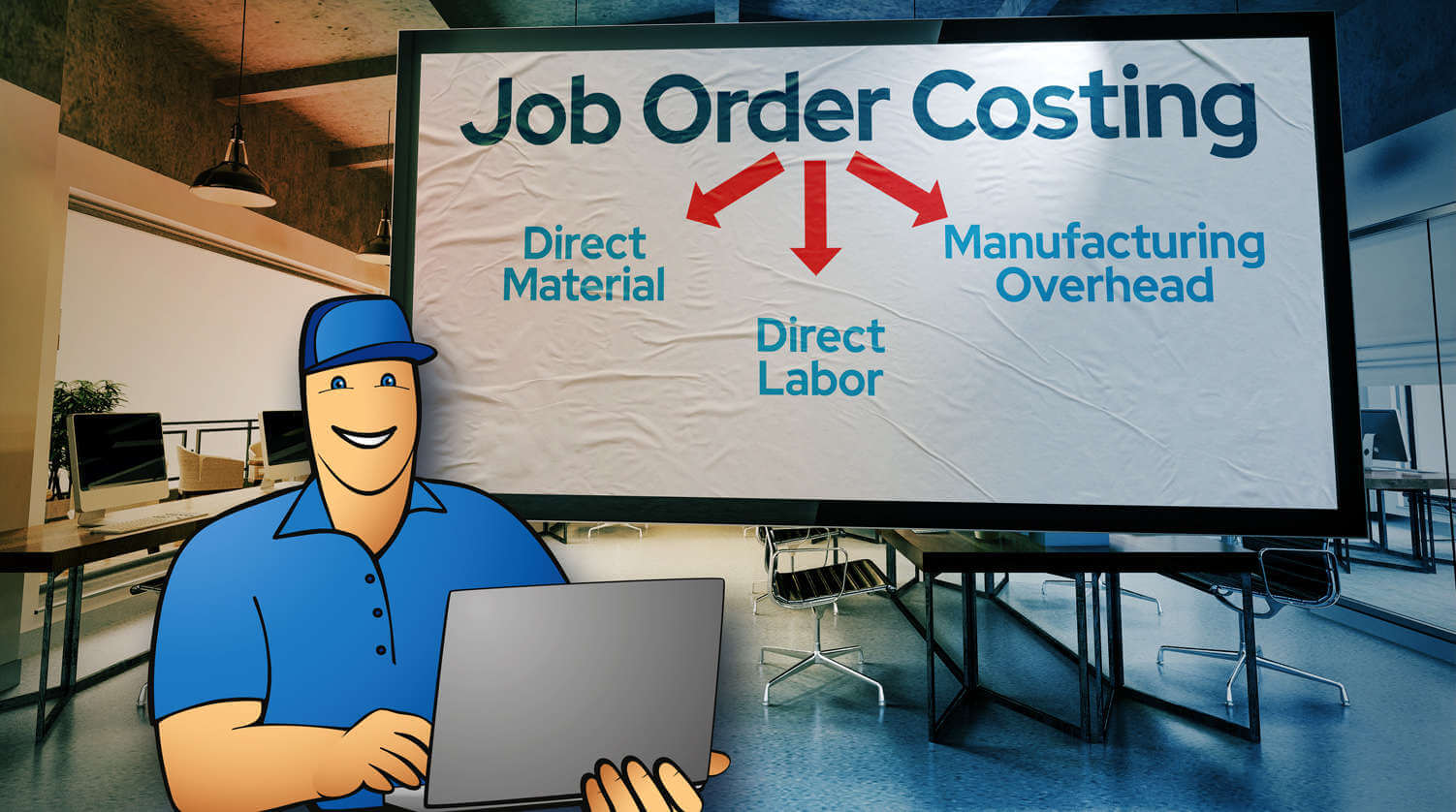What Is Tiered Pricing and How to Manage It?
Tiered pricing is a powerful strategy for balancing profitability with customer satisfaction. By offering structured price levels based on volume, features, or usage, businesses can attract a wider range of buyers, encourage upselling, and maintain healthy margins across customer segments.

What is tiered pricing?
Tiered pricing is a sales strategy and model where a product is offered at different price points depending on the purchased volume or the product’s features. It is widely used in both B2B and B2C to incentivize the purchase of larger volumes or to provide different levels of features and accessories according to customer needs.
Benefits of tiered pricing
A well-designed tiered pricing strategy creates value for both the seller and the buyer. By dividing offerings into different tiers, companies can align pricing with customer needs and budgets while maximizing opportunities for revenue growth and customer satisfaction.
Benefits for the seller
- Boosting sales. When customers get to choose the best deal for themselves, they are more likely to go through with the purchase.
- Capture more customer segments. Multiple pricing options, including volume-based discounts, allow businesses to serve different customer groups. For example, large buyers purchasing in bulk receive better rates, while small businesses still have access to a lower price entry tier.
- Increase profitability. Entry-level tiers provide a lower price point for price-sensitive customers, while premium tiers or add-ons protect profit margins. Sellers can balance high-volume, lower-margin sales with high-value feature or service tiers to create diverse and stable revenue streams.
- Encourage upsell and retention. Tiered pricing creates upsell opportunities when customers outgrow a basic plan, order more volume, or need extra functionality. This increases customer lifetime value, strengthens retention, and improves long-term profitability.
- Compete effectively. Flexible pricing options allow sellers to respond to competitors’ pricing while maintaining a clear value proposition. Flexible tiers, particularly in volume-based pricing, help sellers remain competitive by matching competitors’ pricing for high-volume buyers while still protecting margins with smaller orders.
- Improve decision-making. Tracking how customers move across different tiers provides insights into customer behavior and demand trends. This data can help sellers fine-tune tiers and improve profitability.
Benefits for the buyer
- Flexibility and choice. Buyers gain the ability to choose from a range of pricing options. A small firm might start with a basic lower price tier, while a larger enterprise may go for premium functionality or bulk discounts through volume-based pricing.
- Accessible entry point. A structured tier system ensures that even price-sensitive small businesses can participate, while leaving room to scale up as they grow. This makes it easier for potential customers to try a product or service without a large upfront investment.
- Perceived value. With tiered pricing, customers feel they pay only for what they consume and see clear value in the tier that matches their needs.
- Scalability. Whether buying more units, adding more users, or unlocking higher-tier features, customers can easily move across different tiers as their requirements change. This scalability improves customer satisfaction and long-term planning.
- Alignment of cost and service. Higher tiers typically come with more personalized customer support or improved levels of service. Buyers can balance budget with needs, ensuring they are neither overpaying nor under-served.
Overall, a thoughtful tiered pricing strategy is a win-win for both the seller and the buyer. Sellers benefit from improved profitability, stronger customer relationships, and more predictable revenue growth, while buyers enjoy flexible pricing options, scalable levels of service, and fair value that matches their budgets and needs.
What are the different types of tiered pricing?
Different companies may utilize different tiered pricing models and strategies. Here are the most commonly used pricing tier types:
Volume-based pricing
Volume-based pricing tiers are most commonly used by manufacturers and distributors. In volume pricing, the more the customer buys, the lower the price per unit gets. This encourages larger purchases and helps you increase your inventory turnover.
Pros: Encourages bulk purchases, helps move large volumes of inventory, rewards loyal buyers.
Cons: Can reduce profit margins, may lead to overstocking on the customer side, harder to serve smaller clients competitively.
Add-on pricing
With add-on pricing, customers are offered a base product or a service at a set price, and choose optional add-ons to customize the product to their needs. This model allows you to keep entry-level prices competitive while maximizing revenue from customers who want premium features.
Add-on pricing is very common in the automotive industry where the customer chooses a base model, then adds optional features like leather seats, sunroof, etc.
Pros: Gives customers flexibility, keeps entry-level pricing attractive, allows upselling without rigid tiers.
Cons: Can overwhelm buyers with too many options, harder to manage and communicate pricing, may reduce clarity compared to tiered bundles.
Feature-based pricing
Feature-based pricing is similar to add-on pricing but instead of single add-ons, the customer chooses a package tier that fits their needs. Each tier includes a bundle of features, with each higher-priced tier unlocking more advanced features in addition to the ones included in the lower tiers.
Although you could sell bundles of features as a manufacturer, feature-based pricing is more common with modern software products that are typically sold as a service with a monthly or annual subscription. For example, a SaaS product could have a Starter package with basic features, Professional package for more advanced users, Enterprise package with premium tier features, and an Unlimited package with all the features plus API access.
Pros: Easy to communicate, upsells customers naturally, matches different budget levels with feature needs.
Cons: Can frustrate customers who only want one premium feature but have to buy a whole tier, may complicate product development if tiers are poorly designed.
User-based pricing
In user-based pricing, the price of a product depends on the number of people using it. This model is also common with B2B software, where companies pay per seat or per license. With user-based pricing, the customer’s organization can purchase additional seats as the company grows.
Pros: Scales predictably with customer growth, aligns pricing with value received, easy to forecast revenue.
Cons: Can discourage adoption across larger teams, may push customers to share accounts, doesn’t always reflect actual usage.
Usage-based pricing
Usage-based pricing ties the bill to actual consumption and as such, it is mostly used in services such as telecommunications, cloud computing, e-commerce platforms, etc. Usage pricing provides flexibility and fairness to customers with fluctuating needs.
Pros: Perceived as fair, highly flexible for customers, adapts to fluctuating demand.
Cons: Revenue can be unpredictable, customers may face “bill shock,” can complicate budgeting for both buyer and seller.
How to create profitable price tiers?
Tiered pricing is an art in its own right. Here are some tips to help you get a good base going.
Know your costs
Before you can set a price, you have to know your true costs. This way, you can ensure that each tier will bring in more revenue than it costs to produce and ship. In addition to your production costs (materials, labor, manufacturing overhead), you should also intimately know how much the administrative side of your business spends.
Know your customers
Understand what different customer groups value most. Some care about price, others about speed, flexibility, or added service. Segmenting your customers by needs, order size, or behavior helps you build pricing tiers that actually match demand rather than guess at it.
Research competitors
Before defining your own tiers, look at how similar products or services are priced in your industry. Study competitors’ prices, catalogs, or distributor agreements to identify where the market norms sit: how many tiers others use, what differentiates them, and where their price breaks occur.
Map the standard practices of your industry
Understanding how buyers are purchasing similar goods helps you position your own offering effectively. For example, if most suppliers offer discounts at fixed volume thresholds, you can decide whether to mirror that structure, improve upon it with more flexible tiers, or take a completely different approach that highlights your unique strengths.
Create segments and tiers
Start simple. Two to four clear tiers are usually enough to cover most buyer types. For example, small-batch customers might prefer a low-volume entry tier, while distributors or frequent buyers get better rates or more features. Make sure each tier has a clear boundary and purpose. If needed, create custom price lists for your special clients.
Spell out the value proposition
You have to be able to communicate the value of each tier clearly and convincingly. Whether it means better service, higher quality materials, added functionality, or better price per unit, transparency helps your customers make the right decision.
Set prices
Base your pricing on cost + perceived value. Basic tiers should feel affordable enough to attract new customers, while higher tiers should justify their premium pricing with tangible benefits.
Educate your team
Your marketing and sales force must understand your customer segments and how different tiers serve them to make the most out of tiered pricing.
Test and review
Monitor performance over time. Which tiers attract the most customers? Are buyers upgrading or downgrading? Are margins holding steady? Use data from sales and customer feedback to adjust prices, tier definitions, or included features. Tiered pricing works best as a living system that evolves with your market and customer base.
Managing tiered pricing with ERP software
Manufacturers and distributors can use ERP software like MRPeasy to easily set and manage prices across products, customers, and sales channels. Here’s how:
- Using the production cost data available in your ERP system, you can set competitive prices and make sure you are not undercharging for your products. Analyzing your costs in real time helps you take immediate action when material or labor costs start getting out of hand.
- The tiered pricing functionality moves you beyond a single default price per item and enables you to implement sophisticated quantity- or customer-based pricing structures.
- By centralizing all price tiers, customer relationships, and sales data in one place, ERP sofftware ensures that every quote, order, and invoice reflects accurate, margin-protecting prices. This not only streamlines sales and order management but also helps you maintain a healthy profit while offering customers flexible pricing options.
- In addition to creating different price lists and tiers, manufacturing ERP software enables manufacturers to easily configure products with its configurable BOM functionality. This simplifies the management and pricing of customizations, enabling you to offer add-ons and extras without complicating material and production planning.
- When creating a customer order, the software automatically calculates how much the order will cost and when it will be ready. By entering your desired profit margin, you can also easily arrive at the selling price.
In addition to costing and pricing, manufacturing ERP software helps you manage production planning and scheduling, purchasing, sales, inventory, and finances. It automates and optimizes dozens of processes across your operation, enabling you to focus on growing the business instead of getting bogged down with administrative tasks.
Key takeaways
- Tiered pricing helps align product value and customer budgets while maximizing revenue and flexibility.
- It benefits both sellers and buyers by creating scalable options that grow with demand.
- The most common tiered pricing models include volume-based, add-on, feature-based, user-based, and usage-based pricing.
- Successful tiered pricing requires a clear understanding of costs, customer behavior, and market standards.
- Regular testing and refinement are essential to keep pricing competitive and profitable.
- ERP software simplifies the management of multiple pricing tiers by centralizing costs, customer data, and pricing rules.
Frequently asked questions (FAQ)
Tiered pricing works best when you serve customers with different budgets, order sizes, or service needs. If you can clearly define value differences between customer groups such as bulk buyers vs. small orders, or standard vs. premium service, a tiered model can help you capture more of the market without undercutting yourself.
Overcomplicating it. Too many tiers, unclear benefits, or inconsistent value between levels confuse customers and hurt conversion rates. Start simple: a few well-defined tiers tied to real customer needs will almost always outperform a dozen messy ones.
Regularly. Costs, market conditions, and customer expectations change over time. Reviewing your pricing structure at least once or twice a year helps ensure your tiers still make financial sense and reflect your current value proposition. Use an ERP system with actual cost tracking to keep an eye on your material and labor costs continuously.
You may also like: Inventory Costs – Types, Examples, and Tips to Manage Them




